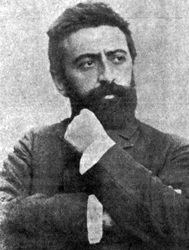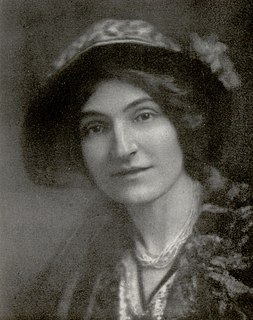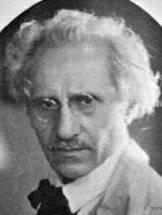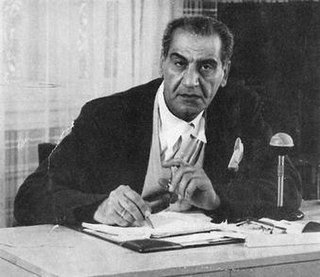 W
WYervant Aghaton, was a prominent Armenian political figure, agronomist, publisher, writer, and one of the founding members of the Armenian General Benevolent Union (AGBU). He was the son of Krikor Aghaton.
 W
WArpiar Arpiarian was an influential 19th-century Armenian writer, the pioneer of realism in Armenian literature and a political activist.
 W
WCharles Garabed Atamian was an Ottoman-born French painter of Armenian ethnicity.
 W
WOscar H. Banker was an Armenian American inventor who patented a number of works, including an automatic transmission for automobiles, the needleless inoculation gun, the primary controls of the first Sikorsky helicopter, and power steering. He is considered by some as the "father of automatic transmission." He is accredited as the inventor of the first practical automatic transmission, though Alfred Horner Munro of Canada patented an automatic transmission 14 years before Banker.
 W
WZabelle C. Boyajian was an Armenian painter, writer, and translator, who lived most of her life in London.
 W
WArthur Edmund Carewe, born Hovsep Hovsepian, was an Armenian-American stage and film actor of the silent and early sound film era.
 W
WMıgırdiç Civanyan was an Ottoman painter of Armenian descent.
 W
WSarkis Erganian was an Ottoman Armenian painter.
 W
WErukhan was the pen name for Yervant Srmakeshkhanlian, was an Armenian writer of the late 19th and early 20th century. He was arrested, tortured, and killed by the Turkish authorities during the Armenian genocide.
 W
WCalouste Sarkis Gulbenkian, nicknamed "Mr Five Per Cent", was a British-Armenian businessman and philanthropist. He played a major role in making the petroleum reserves of the Middle East available to Western development and is credited with being the first person to exploit Iraqi oil. Gulbenkian travelled extensively and lived in a number of cities including Istanbul, London, Paris and Lisbon.
 W
WNubar Sarkis Gulbenkian was an Armenian-British business magnate and socialite born in the Ottoman empire. During World War II, he helped organize the underground network that would become known as the Pat O'Leary Line to repatriate British airman who became stranded in France.
 W
WVaraztad H. Kazanjian was an Armenian American oral surgeon who pioneered techniques for plastic surgery and is considered to be the founder of the modern practice of plastic surgery. He graduated from Harvard School of Dental Medicine in 1905. He served as professor of oral surgery from 1922 to 1939 and he was the first to hold the title of Professor of plastic surgery at Harvard Medical School. He also co-authored the first concise book on plastic surgery.
 W
WVartan Makhokhian was an Armenian painter who lived in the Ottoman Empire and France and was known for his marine paintings. After completing his studies at the Berlin Academy of Arts, he traveled and exhibited his art in France, Germany, Egypt and elsewhere. His art is displayed in various museums throughout the world.
 W
WShahan Natalie was a member of the Armenian Revolutionary Federation and the principal organizer of Operation Nemesis, a campaign of revenge against officials of the former Ottoman Empire who instigated the Armenian genocide during World War I. He later became a writer on Armenian national philosophy, best known for his essay, The Turks and Us.
 W
WGourgen Mkrtich Yanikian or in Western Armenian Kourken Mgrditch Yanigian was an Armenian genocide survivor best known for the assassination of two Turkish consular officials, Los Angeles Consul General Mehmet Baydar and Consul Bahadır Demir, in California in 1973. Sentenced to life imprisonment, Yanikian was released on parole in January 1984. It is widely believed that Yanikian's act was the inspiration for the founding of the Armenian Secret Army for the Liberation of Armenia, the Armenian militant organization of the 1970s and 1980s which staged attacks on Turkish diplomats in an effort to obtain recognition and reparations for the genocide from the government of Turkey.